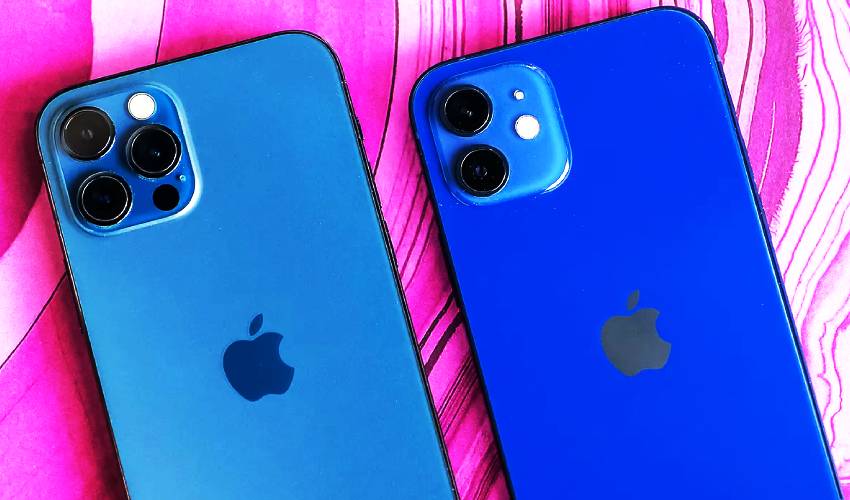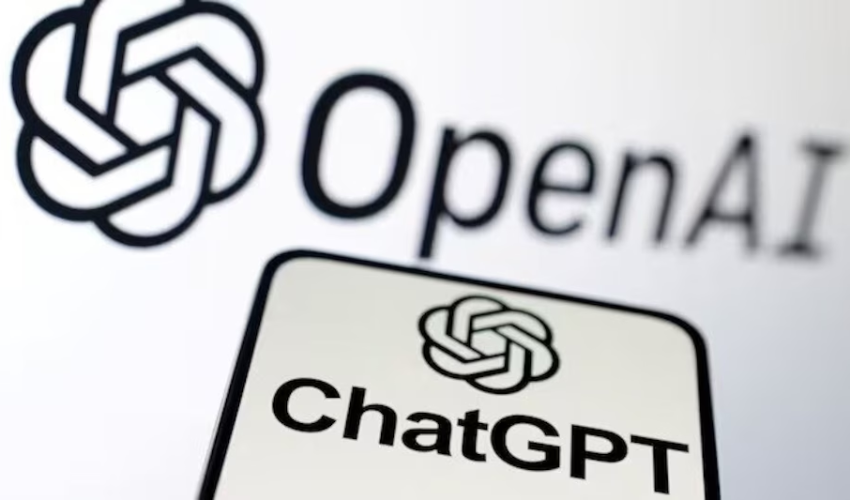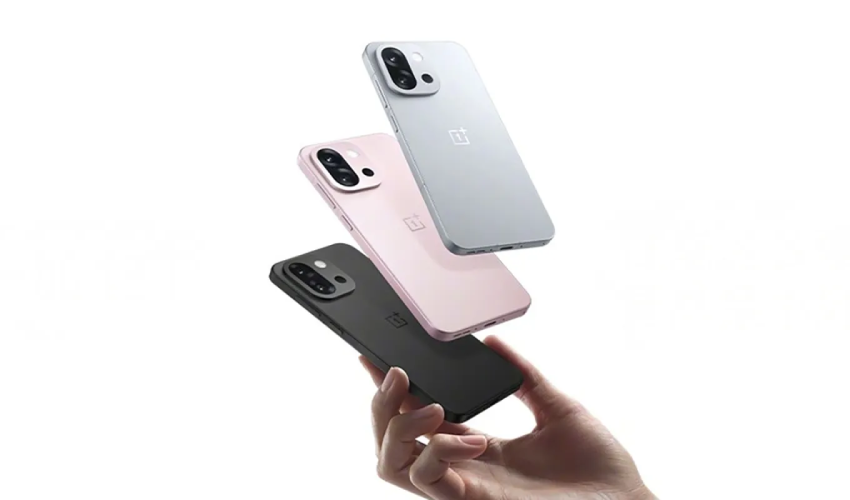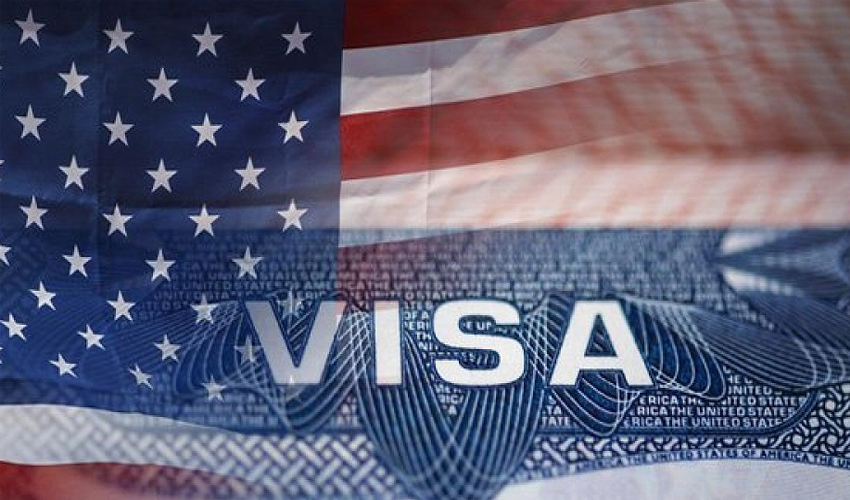Most people don't know it, but there is a microscopic QR code hidden under the screen of every iPhone since 2020. Apple has been using these codes to track and reduce defects in its production process, saving the company hundreds of millions of dollars a year.
The codes are engraved on the iPhone's glass at different stages of manufacturing. This allows Apple to precisely track how many glass cover units its Chinese suppliers are making and how many defective units they are discarding.
In the past, it was difficult for Apple to get accurate defect rates from its suppliers. This is because suppliers have an incentive to hide defects in order to meet production quotas.
However, the QR codes have changed all that. By scanning the codes, Apple can now get a real-time view of the defect rate at its suppliers' factories.
This has helped Apple to reduce the number of defective glass cover units that are discarded during the manufacturing process. On some iPhone models, the number of discarded units has been reduced from 3 out of every 10 pieces to just 1 out of every 10 pieces.
This has saved Apple hundreds of millions of dollars a year.
The QR codes are so small that they can only be seen with special equipment. However, Apple has developed new techniques using microscopic lenses with ring lights to create codes that are small enough and strong enough not to weaken the screen.
The development of the microscopic QR codes was no easy task, but it has paid off handsomely for Apple. The codes have helped the company to improve the quality of its iPhone screens, save money, and be more transparent with its suppliers.



























